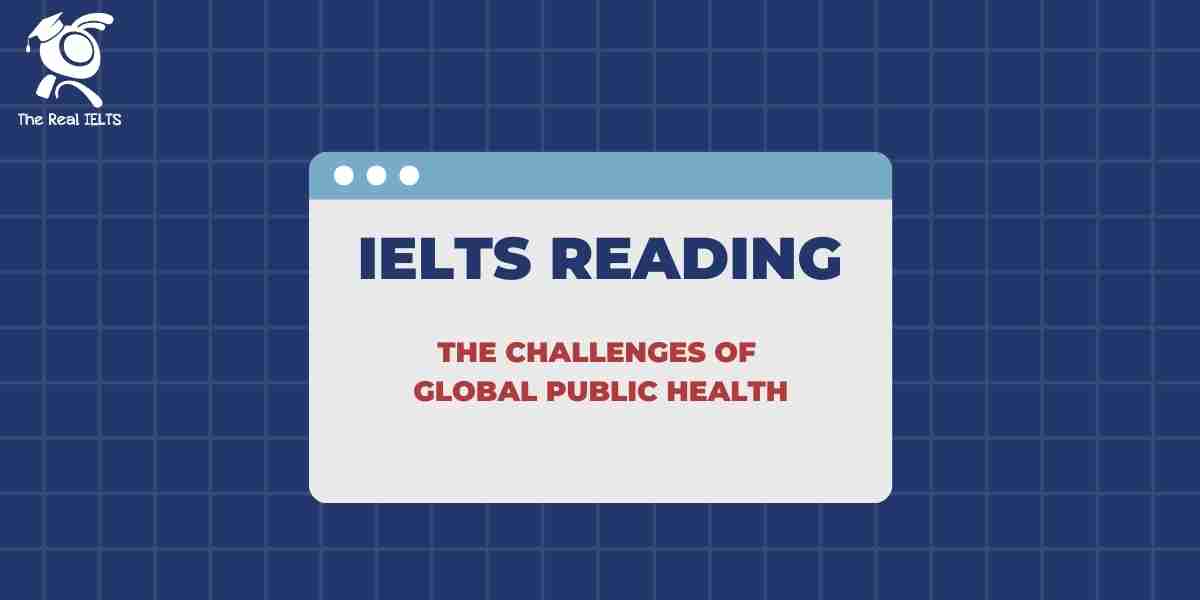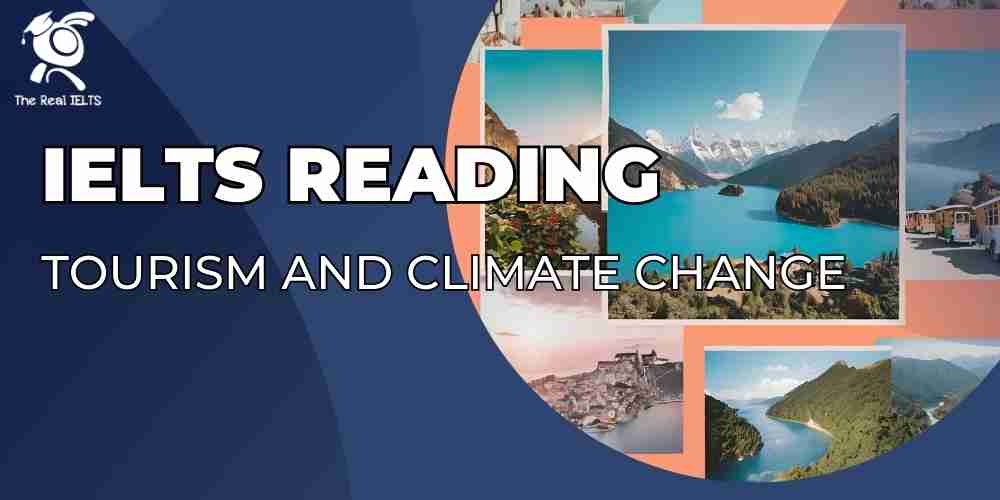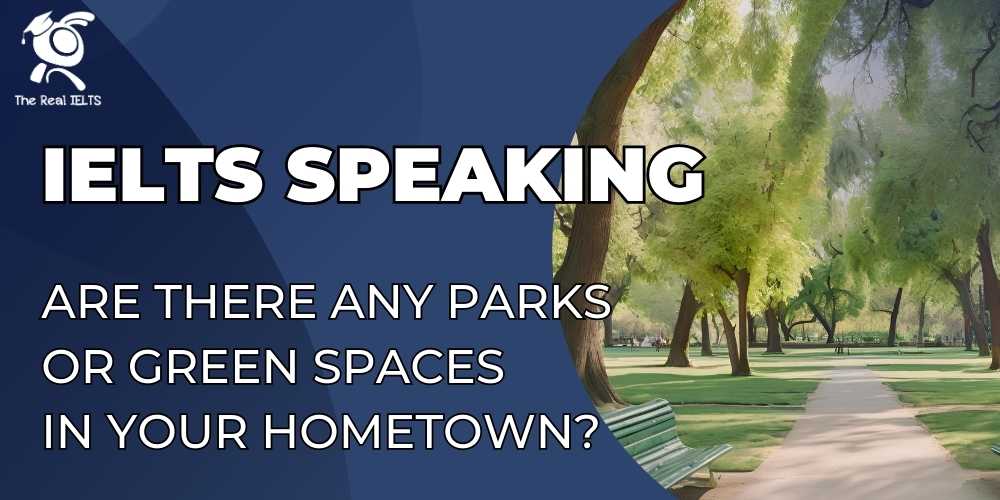Đề thi IELTS Reading có tiêu đề “The Impact of Climate Change on Arctic Wildlife”
Nhớ đọc thêm các bài luyện thi IELTS nhé.
IELTS Reading: “The Impact of Climate Change on Arctic Wildlife“
Climate change is one of the most pressing issues facing the planet today, and its impact on Arctic wildlife is particularly alarming. The Arctic region, known for its icy landscapes and unique biodiversity, is experiencing rapid transformations due to rising temperatures. These changes are having profound effects on the flora and fauna that have adapted to the extreme conditions of this polar environment.
One of the most noticeable consequences of climate change in the Arctic is the reduction in sea ice. Sea ice is crucial for many Arctic species, including polar bears, seals, and walruses. Polar bears, for instance, rely on sea ice as a platform for hunting seals, their primary prey. With the melting of sea ice, polar bears are forced to swim longer distances to find food, which increases their energy expenditure and decreases their chances of survival. The decline in sea ice also disrupts the bears’ breeding patterns, as they use the ice for mating and rearing their young.
Similarly, seals and walruses are affected by the loss of sea ice. Seals use ice floes for resting and giving birth, while walruses rely on ice as a haul-out site to avoid predators and to rest between foraging trips. The reduction in ice cover forces these animals to crowd together on smaller ice patches, leading to increased competition for space and resources. This overcrowding can result in higher mortality rates and increased stress among individuals.
The melting of ice also impacts the Arctic’s marine food web. As sea ice diminishes, phytoplankton, the foundation of the marine food chain, experiences changes in its growth patterns. Phytoplankton relies on the ice cover to regulate the amount of sunlight that penetrates the ocean, which in turn affects its productivity. A decline in phytoplankton affects the entire marine ecosystem, including fish species that are vital to the diet of larger predators such as polar bears and seabirds.
Arctic seabirds are also feeling the effects of climate change. Many seabird species, including puffins and seabirds, rely on sea ice for nesting sites. As the ice retreats, these birds are forced to find alternative breeding grounds, which may not offer the same level of protection from predators or the same availability of food. Additionally, the changing climate affects the timing of prey availability, which can lead to mismatches between the timing of hatching and the availability of food, impacting chick survival rates.
The Arctic tundra, a unique and fragile ecosystem, is also undergoing significant changes due to climate change. The thawing of permafrost releases greenhouse gases such as methane, which further accelerates global warming. The warming temperatures lead to shifts in plant communities, with shrubs and grasses encroaching on previously barren areas. This change in vegetation affects herbivores such as caribou and musk oxen, which depend on specific plant species for food. The alteration of plant communities can lead to changes in herbivore distribution and behavior, impacting the entire Arctic food web.
Furthermore, climate change poses a threat to the migratory patterns of Arctic wildlife. Many species, including caribou and migratory birds, have intricate migration routes that are synchronized with seasonal changes in the Arctic environment. As temperatures rise and ice patterns shift, these animals may find it challenging to navigate their traditional routes and find suitable breeding or feeding grounds. Disruptions to migration patterns can lead to decreased reproductive success and increased mortality rates.
In conclusion, climate change is having a profound impact on Arctic wildlife, affecting species across the food web. The reduction in sea ice, changes in marine and terrestrial ecosystems, and disruptions to migratory patterns all contribute to the challenges faced by Arctic animals. As the climate continues to warm, it is essential to understand and address these impacts to protect the unique biodiversity of the Arctic region and ensure the survival of its wildlife.
Đề bài thi IELTS Reading
Multiple Choice Questions
- What is one major consequence of climate change on sea ice in the Arctic?
- A) Increased thickness
- B) Extended coverage
- C) Reduction in extent
- D) Increased stability
- Why is sea ice important for polar bears?
- A) It serves as a hunting platform
- B) It provides a habitat for their young
- C) It acts as a source of food
- D) It helps them to hibernate
- How does the loss of sea ice affect seals?
- A) It increases their hunting efficiency
- B) It reduces their need for space
- C) It forces them to crowd on smaller ice patches
- D) It enhances their breeding success
- What effect does melting ice have on phytoplankton?
- A) It increases their growth
- B) It decreases their productivity
- C) It has no effect on them
- D) It changes their color
- Which seabird species relies on sea ice for nesting?
- A) Puffins
- B) Penguins
- C) Seagulls
- D) Albatrosses
- How does the reduction in sea ice impact Arctic seabirds’ breeding?
- A) They find better breeding grounds
- B) They face less predation
- C) They are forced to find alternative breeding sites
- D) Their breeding is unaffected
- What is the impact of thawing permafrost on greenhouse gases?
- A) It releases more carbon dioxide
- B) It releases more methane
- C) It absorbs greenhouse gases
- D) It has no effect on greenhouse gases
- How does climate change affect caribou and musk oxen?
- A) It improves their food supply
- B) It alters their plant communities
- C) It expands their habitat
- D) It increases their migration routes
- What happens to migratory patterns of Arctic wildlife due to climate change?
- A) They become more predictable
- B) They remain unchanged
- C) They face disruptions
- D) They improve
- Which animal relies on sea ice for avoiding predators?
- A) Caribou
- B) Polar bears
- C) Walruses
- D) Puffins
True/False/Not Given Questions
- Polar bears use sea ice to hunt seals.
- A) True
- B) False
- C) Not Given
- Seals prefer larger ice floes for resting and giving birth.
- A) True
- B) False
- C) Not Given
- The melting of sea ice has no impact on the timing of phytoplankton growth.
- A) True
- B) False
- C) Not Given
- Arctic seabirds can easily adapt to new breeding sites with no issues.
- A) True
- B) False
- C) Not Given
- Thawing permafrost contributes to accelerating global warming.
- A) True
- B) False
- C) Not Given
- The encroachment of shrubs and grasses in the Arctic tundra is beneficial for all herbivores.
- A) True
- B) False
- C) Not Given
- Migratory birds in the Arctic face no challenges due to shifting ice patterns.
- A) True
- B) False
- C) Not Given
- The Arctic region is experiencing more stable ice conditions due to climate change.
- A) True
- B) False
- C) Not Given
- Polar bears are able to hunt effectively despite the reduction in sea ice.
- A) True
- B) False
- C) Not Given
- Walruses do not rely on sea ice for any activities.
- A) True
- B) False
- C) Not Given
Yes/No/Not Given Questions
- Does the author believe that climate change is having a negative impact on Arctic wildlife?
- A) Yes
- B) No
- C) Not Given
- Does the author think that all Arctic animals are equally affected by climate change?
- A) Yes
- B) No
- C) Not Given
- Does the author suggest that Arctic seabirds can easily find new breeding sites?
- A) Yes
- B) No
- C) Not Given
- Does the author mention that the melting ice leads to increased competition among seals and walruses?
- A) Yes
- B) No
- C) Not Given
- Is it mentioned that phytoplankton are thriving in the changing Arctic environment?
- A) Yes
- B) No
- C) Not Given
- Does the author provide information about the impact of melting ice on fish species?
- A) Yes
- B) No
- C) Not Given
- Does the author believe that the thawing of permafrost has a beneficial effect on the environment?
- A) Yes
- B) No
- C) Not Given
- Is there any mention of Arctic wildlife benefiting from changes in plant communities due to climate change?
- A) Yes
- B) No
- C) Not Given
- Does the author state that climate change has no effect on caribou migration?
- A) Yes
- B) No
- C) Not Given
- Does the author think that all Arctic species are equally adaptable to the changing climate?
- A) Yes
- B) No
- C) Not Given
Matching Information
- Match the animal to its impact from the loss of sea ice:
- Polar bears
- Seals
- Walruses
- Match the Arctic region’s transformation to its effect on the marine food web:
- Melting sea ice
- Thawing permafrost
- Changes in phytoplankton growth
- Match the change in Arctic vegetation to its impact on herbivores:
- Shrub encroachment
- Plant community shifts
- Increased competition for food
- Match the following animals to their affected breeding sites:
- Puffins
- Seabirds
- Polar bears
- Match the consequences of reduced sea ice to the affected species:
- Increased energy expenditure
- Overcrowding on ice patches
- Disruption in breeding patterns
Matching Headings
- Match the heading to the paragraph that discusses:
- Impact on polar bears
- Effects on marine food chain
- Consequences for seabirds
- Changes in Arctic tundra
Matching Features
- Match the feature to the specific animal or plant:
- Phytoplankton
- Caribou
- Walruses
- Match the effect to the corresponding consequence:
- Increased energy expenditure
- Crowding on ice
- Thawing permafrost
Matching Sentence Endings
- Complete the sentence about the impact of melting sea ice:
- Polar bears are forced to swim longer distances to…
- A) Find new breeding sites
- B) Search for food
- C) Avoid predators
- D) Seek shelter
- Polar bears are forced to swim longer distances to…
- Complete the sentence regarding the effect on Arctic seabirds:
- The reduction in sea ice forces seabirds to…
- A) Find new food sources
- B) Migrate further
- C) Locate alternative breeding grounds
- D) Increase their population
- The reduction in sea ice forces seabirds to…
Sentence Completion
- Polar bears use sea ice as a ___________ for hunting seals.
- The melting of sea ice forces walruses to ___________ on smaller ice patches.
- Phytoplankton productivity is ___________ due to the reduction in sea ice.
- The thawing of permafrost releases ___________ which accelerates global warming.
- Caribou and musk oxen face challenges due to ___________ in plant communities.
Summary, Note, Table, Flow-chart Completion
- Complete the summary with the correct information:
- Climate change affects Arctic wildlife by reducing ___________, which impacts species such as polar bears and seals.
- Fill in the table with the correct effects:
- Effect of Sea Ice Melting:
- Polar Bears: ___________
- Seals: ___________
- Walruses: ___________
- Effect of Sea Ice Melting:
- Complete the flow-chart with the impact on seabirds:
- Impact of Reduced Sea Ice:
- Seabirds are forced to ___________ for breeding sites.
- This change affects their ___________ rates.
- Impact of Reduced Sea Ice:
Diagram Label Completion
- Complete the diagram showing the impact of climate change on sea ice and Arctic wildlife.
- Label the diagram to show the relationship between thawing permafrost and ___________.
Short Answer Questions
- What do polar bears primarily use sea ice for?
- How does the reduction in sea ice affect the seals’ resting habits?
- What happens to phytoplankton productivity as a result of melting sea ice?
- How does the thawing of permafrost contribute to global warming?
- What challenge do caribou face due to changes in plant communities?
Đáp án bài thi IELTS Reading
Multiple Choice Questions
- C) Reduction in extent
- A) It serves as a hunting platform
- C) It forces them to crowd on smaller ice patches
- B) It decreases their productivity
- A) Puffins
- C) They are forced to find alternative breeding sites
- B) It releases more methane
- B) It alters their plant communities
- C) They face disruptions
- C) Walruses
True/False/Not Given Questions
- A) True
- A) True
- B) False
- B) False
- A) True
- B) False
- B) No
- B) False
- B) False
- B) False
Yes/No/Not Given Questions
- A) Yes
- B) No
- B) No
- A) Yes
- B) No
- A) Yes
- B) No
- B) No
- B) No
- B) No
Matching Information
- Polar bears: A) Use sea ice as a platform for hunting seals
- Seals: B) Are forced to crowd on smaller ice patches
- Walruses: C) Use ice as a haul-out site
- Melting sea ice: A) Changes in phytoplankton growth
- Thawing permafrost: B) Releases more methane
- Changes in phytoplankton growth: C) Affects the marine food web
- Shrub encroachment: A) Alters plant communities
- Plant community shifts: B) Affects herbivore distribution
- Increased competition for food: C) Impacts herbivores such as caribou
- Puffins: A) Nest on sea ice
- Seabirds: B) Face challenges in finding new breeding sites
- Polar bears: C) Use ice for mating and rearing young
- Increased energy expenditure: A) Polar bears
- Overcrowding on ice patches: B) Seals and walruses
- Disruption in breeding patterns: C) Polar bears
Matching Headings
- Impact on polar bears: A) Paragraph discussing the effects of sea ice loss on polar bears
- Effects on marine food chain: B) Paragraph about changes in phytoplankton and marine ecosystem
- Consequences for seabirds: C) Paragraph on seabirds and their breeding issues
- Changes in Arctic tundra: D) Paragraph on vegetation changes and permafrost thawing
Matching Features
- Phytoplankton: A) Affected by sea ice changes
- Caribou: B) Face altered plant communities
- Walruses: C) Need ice for haul-out sites
- Increased energy expenditure: A) Polar bears
- Crowding on ice: B) Seals and walruses
- Thawing permafrost: C) Releases greenhouse gases
Matching Sentence Endings
- Polar bears are forced to swim longer distances to…
- B) Search for food
- The reduction in sea ice forces seabirds to…
- C) Locate alternative breeding grounds
Sentence Completion
- Polar bears use sea ice as a platform for hunting seals.
- The melting of sea ice forces walruses to crowd on smaller ice patches.
- Phytoplankton productivity is decreased due to the reduction in sea ice.
- The thawing of permafrost releases methane which accelerates global warming.
- Caribou and musk oxen face challenges due to shifts in plant communities.
Summary, Note, Table, Flow-chart Completion
- Climate change affects Arctic wildlife by reducing sea ice, which impacts species such as polar bears and seals.
- Effect of Sea Ice Melting:
- Polar Bears: Increased energy expenditure
- Seals: Overcrowding on ice patches
- Walruses: Crowding on smaller ice patches
- Impact of Reduced Sea Ice:
- Seabirds are forced to find new breeding sites.
- This change affects their reproductive rates.
Diagram Label Completion
- Label the diagram to show the impact of climate change on sea ice and Arctic wildlife:
- Melting sea ice
- Impact on polar bears, seals, walruses
- Effects on food chain
- Label the diagram to show the relationship between thawing permafrost and greenhouse gases.
Short Answer Questions
- Polar bears primarily use sea ice for hunting seals.
- The reduction in sea ice affects the seals’ resting habits by forcing them to crowd on smaller ice patches.
- Phytoplankton productivity decreases as a result of melting sea ice due to changes in sunlight penetration.
- The thawing of permafrost contributes to global warming by releasing methane.
- Caribou face challenges due to changes in plant communities, such as altered food supply.
Luyện tập bài khác ở bài viết:”100 bài luyện IELTS Reading 2024 – 2025“















